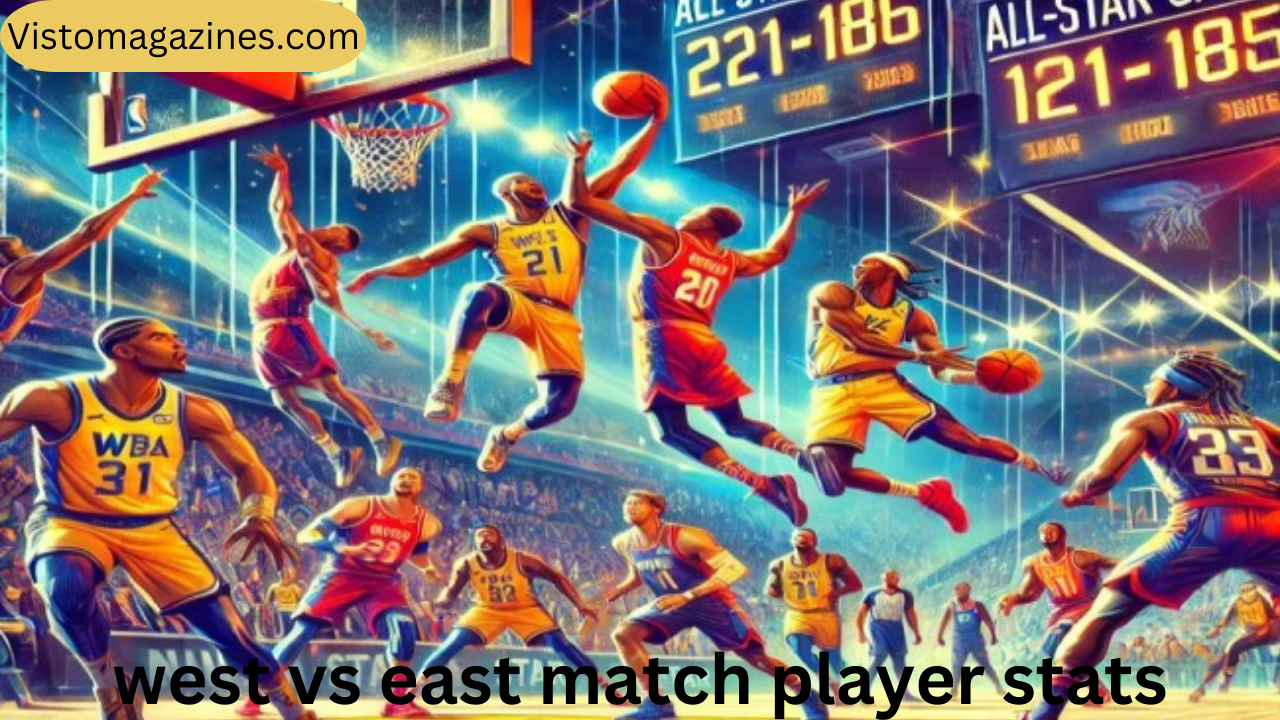Snapseed QR Codes: Unlocking the Power of Photography and Sharing
In today’s world, sharing photographs and editing them to perfection has become an essential part of our daily lives. With the advent of mobile photography and powerful editing tools, apps like Snapseed have gained widespread popularity for their user-friendly interface and vast array of editing tools. However, did you know that Snapseed has a unique feature that integrates QR codes into the editing and sharing process? In this article, we will dive deep into the world of “Snapseed QR Codes” and explore how they can enhance your editing workflow, facilitate the sharing of edits, and provide creative possibilities for photographers and enthusiasts alike.
What Are Snapseed QR Codes?
Snapseed QR codes are a feature within the Snapseed app that allows users to share their edits with others quickly and efficiently. The concept revolves around creating a scannable QR code that stores all the adjustments and edits made to a photo within the app. These QR codes can then be shared with others, who can scan the code using the Snapseed app to apply the exact same edits to their own photos.
In simpler terms, Snapseed QR codes act as a digital blueprint of the photo’s edits, making it easier for photographers and content creators to share their unique editing styles or presets. This feature essentially turns Snapseed into a community-driven platform for sharing creative workflows.
How Do Snapseed QR Codes Work?
The process of creating and using Snapseed QR codes is straightforward. Once you’ve edited a photo to your liking in the Snapseed app, you can generate a QR code that contains all the adjustments you’ve made. The code can then be shared with others via social media, email, or messaging platforms.
To use the QR code, the recipient simply needs to open the Snapseed app, scan the code, and voila! The app will automatically apply the same edits to their photo, effectively recreating your original adjustments without needing to manually replicate each one.
This feature is an excellent tool for photographers, influencers, and creators who want to share their signature editing styles with others. Whether you’re a professional photographer or a casual user, Snapseed QR codes provide a convenient way to share and replicate edits with ease.
Why Are Snapseed QR Codes Useful?
Snapseed QR codes offer numerous advantages for both casual users and professionals. Let’s take a closer look at why they are useful:
1. Sharing Custom Edits
One of the primary benefits of Snapseed QR codes is the ability to share your custom edits with others. For photographers who have developed unique editing styles or presets, this feature allows them to share their workflow with a wider audience. Whether you’re part of a photography community or simply want to show off your edits to friends, Snapseed QR codes make it easy to transfer your edits without hassle.
2. Time-Saving
Instead of manually copying the edits you’ve made to one photo and applying them to another, Snapseed QR codes allow you to skip the time-consuming process. With just a few taps, you can apply the same adjustments to multiple images, streamlining your workflow.
3. Creative Collaboration
Snapseed QR codes also enable creative collaboration. If you’re working on a project with others or collaborating with other photographers, QR codes make it simple to exchange ideas and editing styles. Whether you’re sharing presets for color grading, tone adjustments, or creative effects, this feature fosters a collaborative environment within the Snapseed community.
4. Consistent Edits Across Multiple Devices
If you use Snapseed across multiple devices—say, you’re editing photos on your phone and tablet—Snapseed QR codes can help you maintain consistency in your edits. By generating a QR code on one device, you can apply the same changes on your other devices without needing to start from scratch. This consistency is crucial for professional photographers who need to ensure their edits are uniform across various platforms.
5. Education and Tutorials
For photographers and content creators who want to share their knowledge and techniques with others, Snapseed QR codes provide a unique opportunity to teach. By sharing QR codes that contain specific editing steps, you can create tutorials that walk others through your exact process. This feature also allows you to reverse-engineer other users’ edits by scanning their QR codes, helping you learn new editing techniques along the way.
How to Create and Use Snapseed QR Codes
The process of creating and using Snapseed QR codes is intuitive. Here’s a step-by-step guide to get you started:
Creating a Snapseed QR Code
- Open Snapseed: Begin by launching the Snapseed app on your device.
- Edit Your Photo: Make the desired edits to your image using the app’s various tools and filters.
- Generate QR Code: Once you’re satisfied with your edits, tap the “Export” button in the app. From the available options, select “Create QR Code.” This will generate a scannable code that contains all your adjustments.
- Save or Share the QR Code: You can save the QR code to your device or share it directly with others through social media, email, or messaging apps.
Using a Snapseed QR Code
- Open Snapseed: Launch the Snapseed app on your device.
- Scan the QR Code: Tap the “+” button in the app and select “Scan QR Code.” Hold your device over the code to scan it.
- Apply Edits: Once the QR code is scanned, Snapseed will automatically apply the same edits to your photo. You can further tweak the adjustments if needed or save the image.
Snapseed QR Codes and Photography Communities
Snapseed QR codes have become particularly popular in photography communities and social media platforms. Photographers often share their QR codes to showcase their editing styles, and users can scan these codes to replicate the same look. This fosters a sense of camaraderie within the community, as everyone gets to experience and share different creative workflows.
Furthermore, influencers and content creators use Snapseed QR codes as a way to engage with their audiences. By offering exclusive QR codes to followers, they can share their personal editing techniques and styles, allowing others to emulate their work.
Limitations and Considerations
While Snapseed QR codes are an excellent tool for sharing edits, there are a few limitations and considerations to keep in mind:
- Device Compatibility: Snapseed QR codes may not always work across different devices or versions of the app. Make sure both the sender and recipient are using the latest version of the Snapseed app to ensure compatibility.
- Loss of Original Image Quality: When scanning and applying QR codes, the original image might lose some quality due to compression or other limitations of the app.
- Limited Customization: While QR codes allow users to replicate edits, they do not allow for easy customization once the code has been scanned. You might need to manually adjust certain edits after applying a QR code.
Conclusion
Snapseed QR codes represent a powerful and innovative feature within the Snapseed app, offering users a unique way to share, replicate, and collaborate on photo edits. Whether you’re a professional photographer or a hobbyist, Snapseed QR codes provide a seamless way to share your creative vision with others, saving time and effort while fostering a sense of community within the photography world.
By allowing users to exchange editing styles, collaborate on projects, and maintain consistency across devices, Snapseed QR codes have become a valuable tool for anyone looking to elevate their photography game. Whether you’re using it for personal enjoyment or as part of your professional workflow, this feature adds a whole new layer of creative potential to your editing process.
As mobile photography continues to grow in popularity, it’s safe to say that features like Snapseed QR codes will play an increasingly important role in shaping the way we create, share, and enjoy photos in the digital age.



